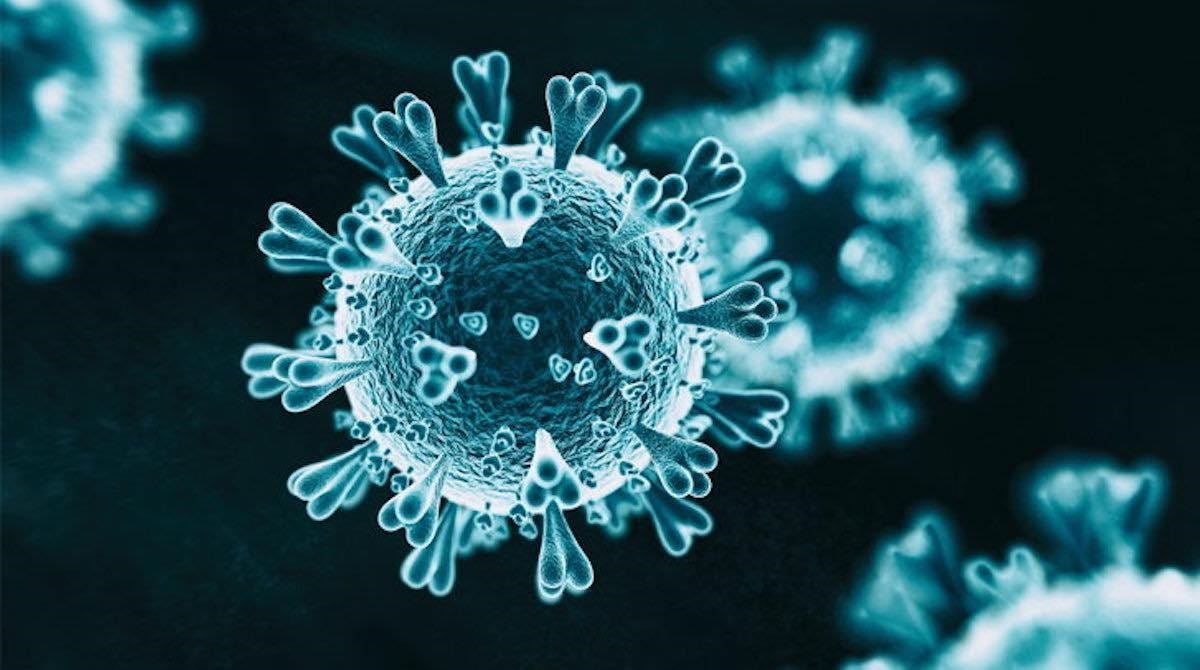Asia and Covid-19: Progress Report
Asia Sentinel roundup seeks to sort out the chaff

As the Covid-19 virus makes its ominous way across Asia, countries are in varying stages of readiness to combat it, with Hong Kong, Singapore, Taiwan and South Korea at the forefront, with other countries strung behind them across the pandemic spectrum.
However, the World Health Organization, like most UN-related bodies, relies largely on governments fo…
Keep reading with a 7-day free trial
Subscribe to Asia Sentinel to keep reading this post and get 7 days of free access to the full post archives.

